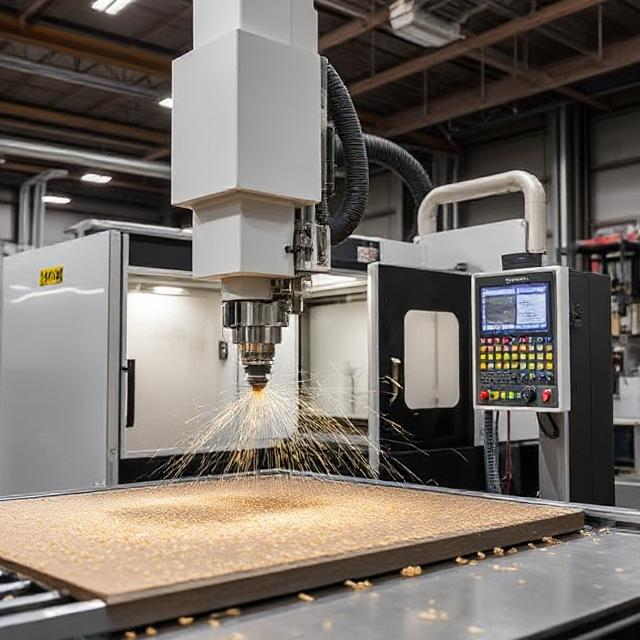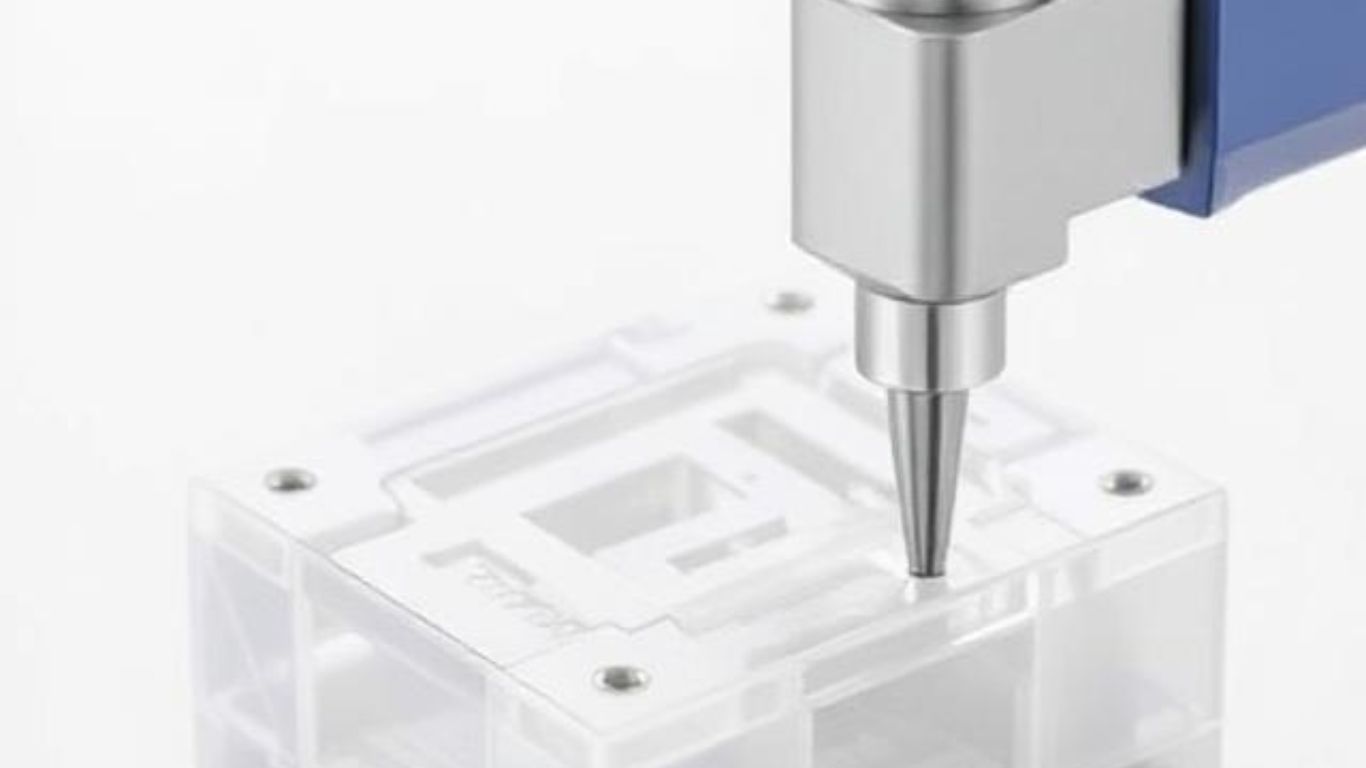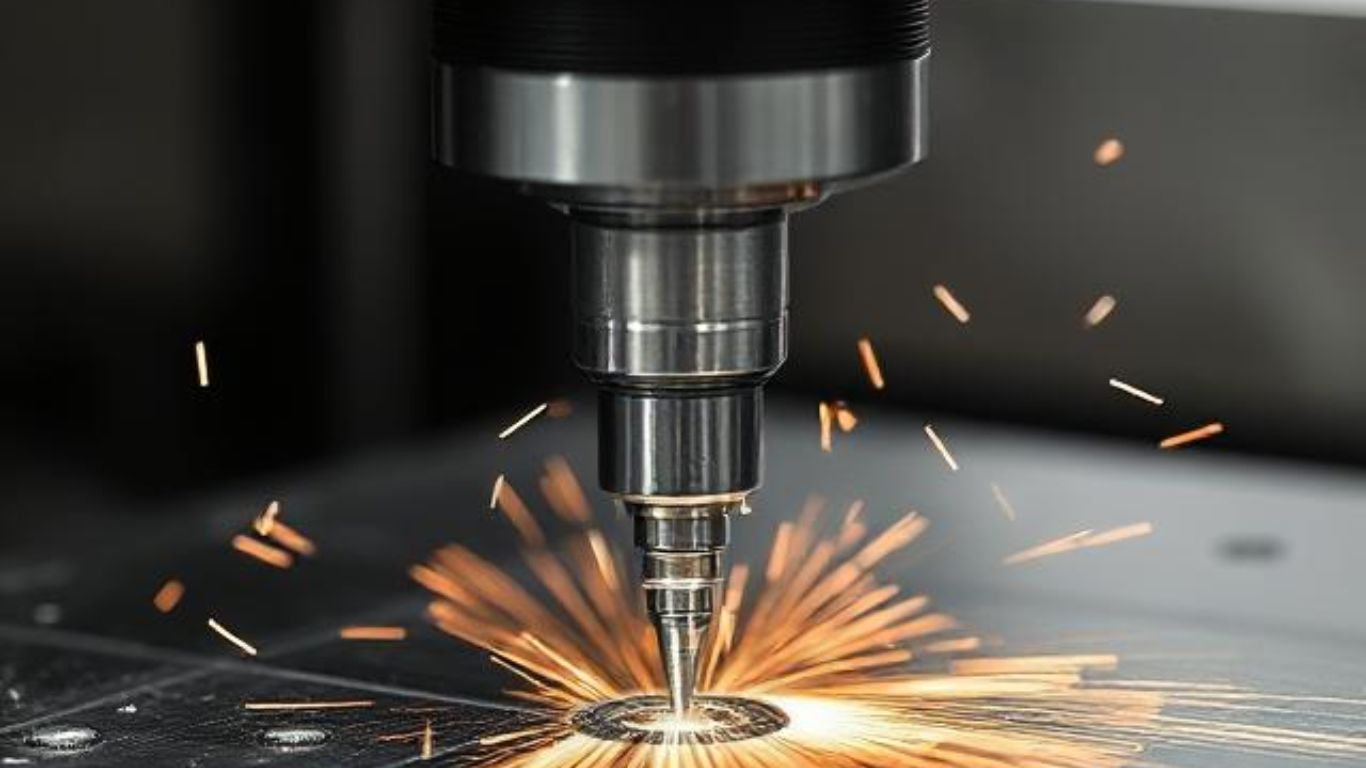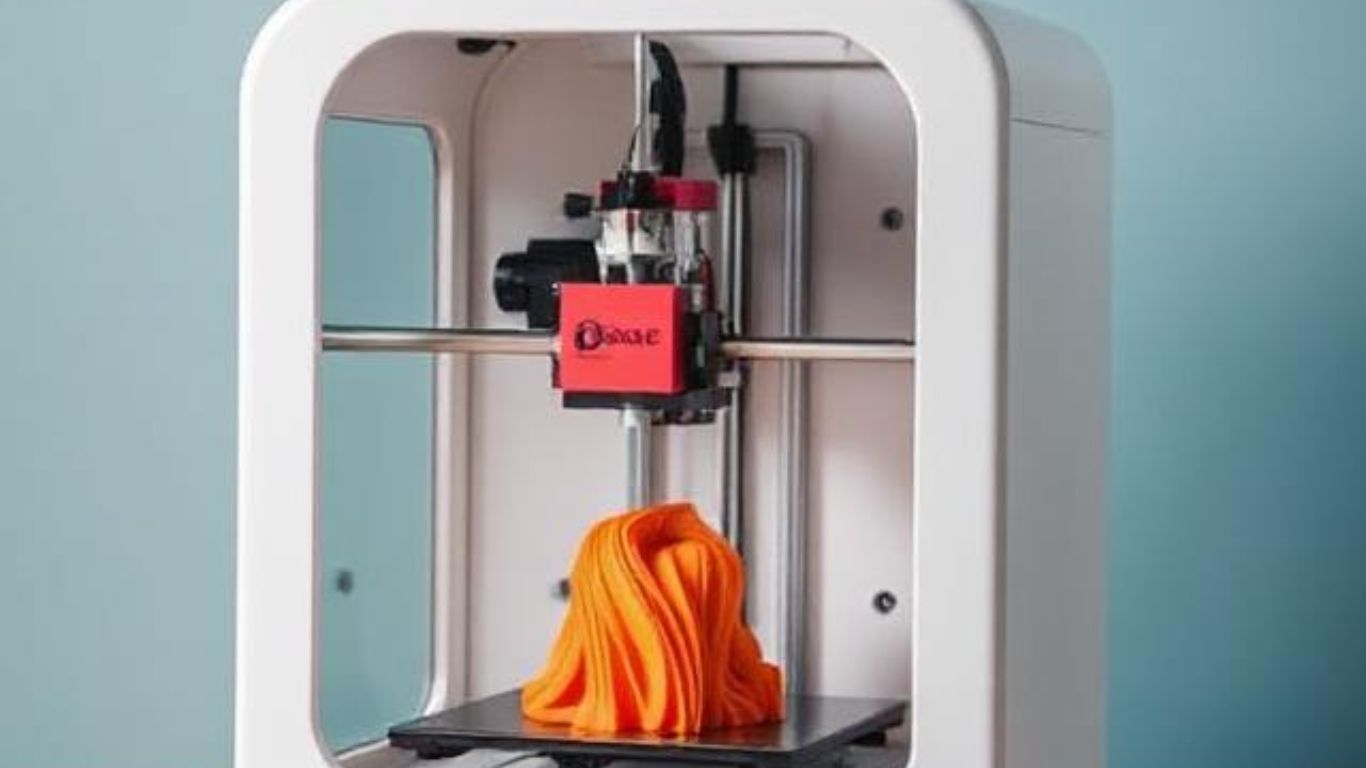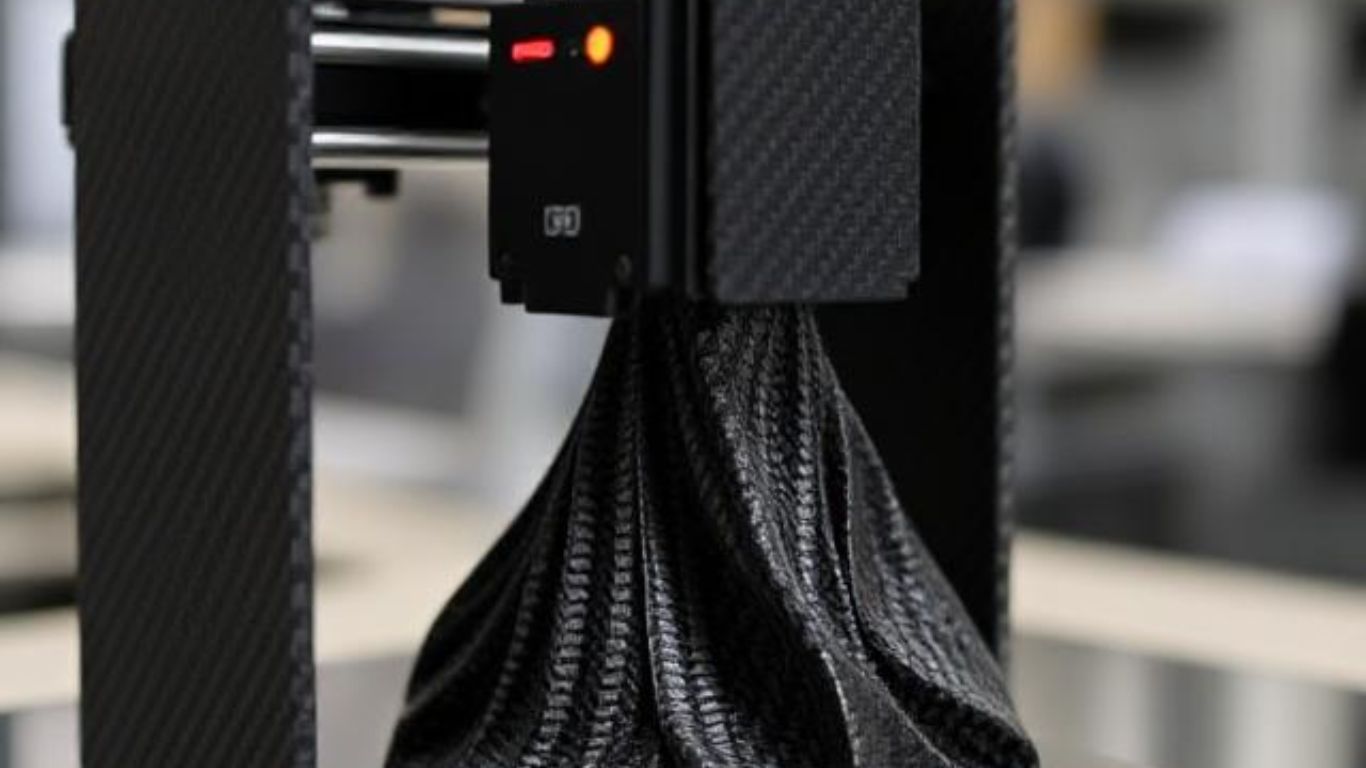Chatter in machining is a common issue faced by CNC machinists that affects the surface quality, tool life, and overall efficiency of the machining process. Understanding the causes, effects, and solutions to chatter in machining is crucial for optimizing CNC machining operations.
Understanding Chatter in Machining
Chatter in machining refers to unwanted vibrations that occur during cutting operations. It can lead to poor surface finish, reduced tool life, and even damage to the machine. Identifying and mitigating chatter is essential for improving machining efficiency and achieving high-quality results.
Causes of Chatter in Machining
- Improper Tool Selection: Using inappropriate cutting tools can lead to excessive vibrations.
- Excessive Cutting Speed and Feed Rate: High speeds and aggressive feeds can amplify vibrations.
- Machine Rigidity: Machines with low stiffness are more prone to chatter.
- Tool Overhang: A long tool overhang increases the chances of chatter.
- Material Properties: Some materials, such as hardened steels, are more susceptible to vibration-induced chatter.
Effects of Chatter in Machining
- Poor Surface Finish: Chatter leaves marks and inconsistencies on the machined surface.
- Reduced Tool Life: Continuous vibrations can lead to tool wear and premature failure.
- Increased Machine Wear: Chatter-induced vibrations can damage machine components.
- Higher Production Costs: Reworking and tool replacements add to the overall cost.
Optimizing CNC Machining to Reduce Chatter
Optimizing CNC machining processes helps in minimizing chatter and enhancing productivity.
1. Tool Selection and Machining Parameters
Choosing the right tool and adjusting machining parameters are crucial for chatter control.
- Use high-quality tools designed for specific materials.
- Optimize cutting speed and feed rates based on material properties.
- Reduce tool overhang to increase stability.
2. Machine Rigidity and Workpiece Stability
Ensuring machine and workpiece stability minimizes vibrations.
- Use rigid machine setups to prevent unnecessary movement.
- Apply vibration-damping techniques like using damped tool holders.
- Secure the workpiece using proper clamping techniques.
3. Advanced Cutting Strategies
Modern machining techniques help in reducing chatter.
- Implement adaptive control machining to adjust parameters dynamically.
- Use high-speed machining strategies to reduce tool engagement time.
- Apply helical interpolation to distribute cutting forces evenly.
CNC Machining Techniques to Improve Efficiency
Different CNC machining methods can help improve efficiency and minimize chatter.
Steel CNC Machining
Steel CNC machining requires robust tools and optimized cutting conditions to prevent chatter and enhance precision.
- Utilize carbide tools for better durability.
- Adjust cutting speeds to match the material properties.
- Apply coolant strategies to reduce heat buildup.
Plastic CNC Machining
Plastic materials require different approaches compared to metals to avoid deformation and chatter.
- Use sharp tools to reduce cutting forces.
- Optimize feeds and speeds to prevent material melting.
- Employ low-vibration toolpaths for better accuracy.
Undercut Machining Challenges
Undercut machining involves removing material in areas that are difficult to reach, increasing the chances of chatter.
- Use specialized undercut tools to improve accessibility.
- Optimize tool angles to ensure proper engagement.
- Apply 5-axis machining for better tool maneuverability.
Casting Techniques for Chatter-Free Machining

Casting techniques play a role in the machinability of materials. Proper casting ensures reduced residual stresses, which can help in minimizing chatter.
- Precision Casting: Produces smoother surfaces, reducing post-machining chatter.
- Sand Casting: Suitable for complex shapes but may require extra finishing.
- Investment Casting: Provides excellent dimensional accuracy and surface quality.
Low-Volume CNC Machining Considerations
Low-volume CNC machining requires precise control over machining parameters to maintain quality and efficiency while reducing chatter.
- Utilize custom tooling for small batch production.
- Implement flexible machining strategies to accommodate design changes.
- Focus on quality control to ensure consistent results.
Advanced Techniques to Minimize Chatter
Dynamic Stability in CNC Machining
- Analyze machine dynamics to predict chatter frequencies.
- Implement real-time monitoring systems to detect and suppress chatter.
- Utilize modal analysis to optimize tool paths.
Material-Specific Machining Strategies
- For steel CNC machining, use rigid fixtures and optimized cutting fluids.
- For plastic CNC machining reduce cutting temperatures to prevent warping.
Utilizing High-Performance CNC Machinists
- Experienced CNC machinists can fine-tune machining strategies.
- Implement training programs to educate operators on chatter reduction.
- Encourage collaboration between engineers and machinists to develop optimized cutting conditions.
The Role of Software in Optimizing CNC Machining
- CAM software helps generate chatter-free toolpaths.
- Simulation tools predict machining issues before actual cutting.
- AI-based systems dynamically adjust cutting parameters.
The Future of CNC Machining and Chatter Control
- The use of AI-driven machining will further minimize chatter.
- Advancements in cutting tool materials will improve machining efficiency.
- Hybrid machining techniques will combine additive and subtractive processes.
FAQs About Chatter in Machining
1. What is the primary cause of chatter in machining?
Chatter is primarily caused by vibrations due to improper tool selection, excessive cutting speeds, poor machine rigidity, or unstable workpieces.
2. How can I prevent chatter in CNC machining?
You can prevent chatter by selecting the right tool, optimizing cutting parameters, ensuring machine stability, and using vibration-damping techniques.
3. Does material type affect chatter in machining?
Yes, harder materials like steel are more prone to chatter, while plastics require specialized machining strategies to prevent deformation-induced vibrations.
4. How do casting techniques impact CNC machining?
High-quality casting techniques reduce residual stresses and improve material machinability, leading to better surface finishes and reduced chatter during machining.
By understanding and addressing the causes of chatter in machining, CNC machinists can optimize processes, reduce costs, and achieve high-quality results in steel CNC machining, plastic CNC machining, and low-volume CNC machining applications.
Here’s a conclusion to wrap up your article effectively:
Conclusion
Chatter in machining is a significant challenge that affects surface finish, tool longevity, and overall machining efficiency. By understanding its causes and implementing strategies such as proper tool selection, machine rigidity improvements, optimized cutting parameters, and advanced CNC machining techniques, machinists can effectively minimize chatter. The integration of high-performance tools, AI-driven software, and sustainable machining practices further enhances precision and cost-effectiveness. As CNC machining continues to evolve, staying updated with industry trends and leveraging modern technologies will ensure superior results in steel CNC machining, plastic CNC machining, and low-volume CNC machining applications.


